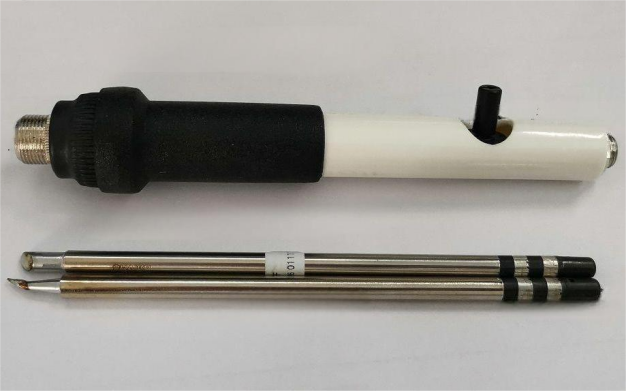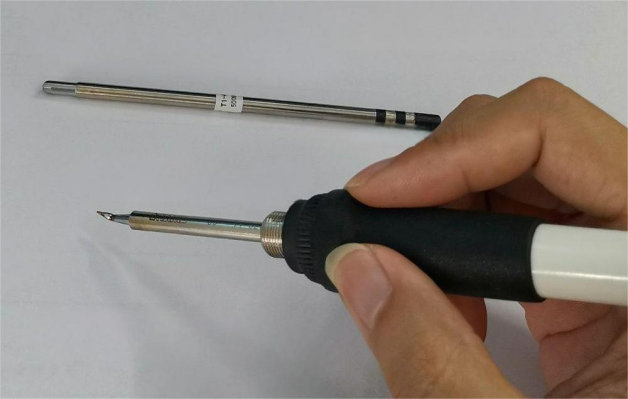
If you're interested in the DIY HAKKO T1 handle, this article is worth a read.
Just a heads-up — we're not talking about the T12, but rather the T1 model rated at 15V. Its power output is lower than the T12. Based on 15V and 45W, the internal resistance is 5Ω, while the T12 is around 8Ω. The T1's lower resistance gives it better performance at lower voltages. For instance, the T12 only delivers about 18W at 12V, which isn't ideal for smooth operation.
Check out the image below — with a smartphone fast charger and a trigger cable connected to the T1 handle, the setup can reach a peak power output of nearly 30W. The fast charger didn't even trip its overcurrent protection. Keep in mind, the T1 isn't designed for heavy-duty work — it's meant to be compact and portable, serving as a convenient backup to a full soldering station.
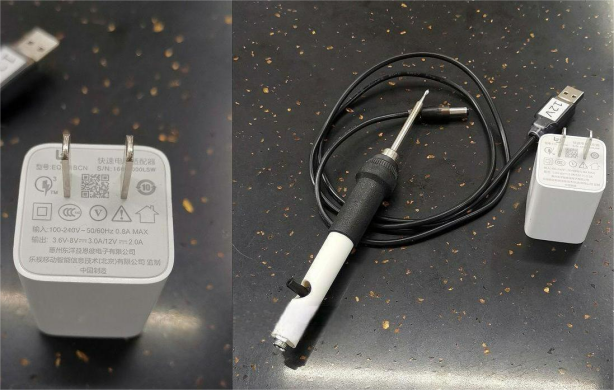
You can find control circuit diagrams online, though you may need to make some minor modifications. The PCB is shown below, and the features are mostly the same. This design uses 8552/1542A op-amps, which have an ultra-low offset voltage in the microvolt range — much better than the millivolt-level offset of the 358/358A series. While budget HAKKO handles don't need ultra-high precision, op-amps with millivolt-level offset can cause issues like unstable low-temperature control or inconsistent performance across units. Spending a bit more on a higher-precision op-amp can save a lot of trouble in the long run. For the PMOS, you can use the 8107 — the board supports TO-252 packaging, so there are plenty of options.
As for power supply, this setup uses a TL431 instead of a traditional LDO. Just be aware that not all TL431s have the same pin configuration. For example, the one from TI (Texas Instruments) needs to be flipped over when soldering due to its reversed pin layout.
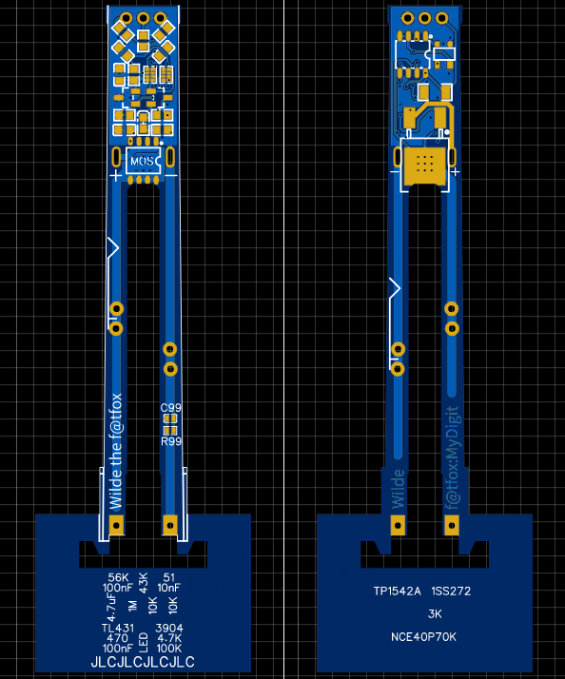
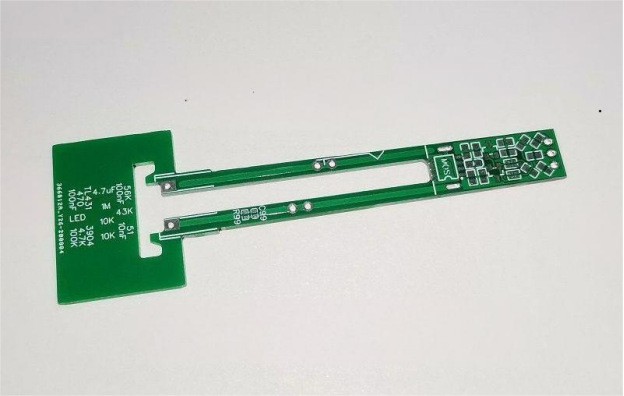
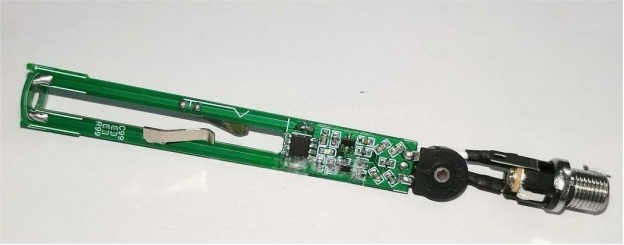
One downside of the T1 is that the tips are no longer in production, so new or even second-hand ones are pretty rare. That said, if you're using it casually, the tips don't wear out too quickly — and even if one gets damaged, you can usually slip on a sleeve and keep using it.
